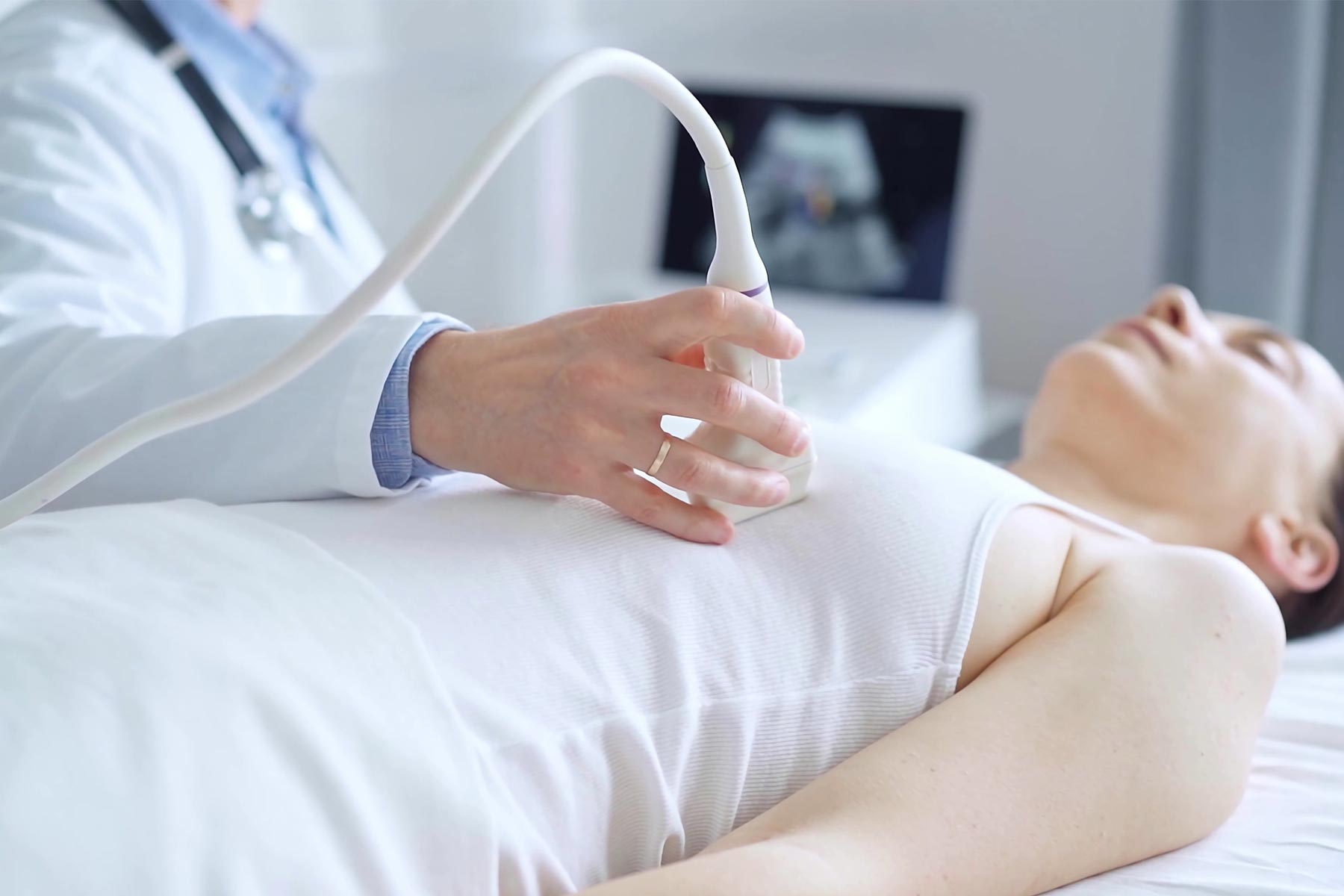
How much does a breast ultrasound cost?
How much does a breast ultrasound cost?
$150 – $500 average cost without insurance (imaging center)
$800 – $1,000+ average cost without insurance (hospital)
Breast ultrasound cost
A breast ultrasound costs $150 to $500 without insurance, depending on where you have the test and whether one or both breasts are scanned. Breast ultrasound prices are lower at independent imaging centers than hospital outpatient facilities, with prices ranging from $800 to $1,000 or more at a hospital.
With insurance, your co-pay may be as low as $20 to $50, depending on your plan. Some hospitals offer self-pay or cash discounts for patients without insurance.
| Facility | Average cost |
|---|---|
| Imaging center / urgent care | $150 to $500 |
| Hospital | $800 – $1,000+ |
Breast ultrasound cost factors
Several important factors impact the final ultrasound cost:
Facility type: Diagnostic imaging centers commonly charge less than hospitals for the same breast ultrasound.
Number of breasts scanned: Costs are higher if both breasts are scanned due to the extended appointment time and additional interpretation required.
Geographic location: Prices are higher in major cities and certain regions with higher-than-average healthcare costs.
Insurance coverage: Insurance may reduce your out-of-pocket costs. Coverage depends on medical necessity and plan details.
Radiologist / physician fees: Some facilities charge separately for a radiologist to read and interpret the results.
Payment method: Self-pay discounts may be available if you pay by cash or credit card in advance, since this saves the facility from billing delays.
What is a breast ultrasound?
A breast ultrasound, also called a breast sonogram or ultrasonography, is a noninvasive imaging test that uses sound waves to produce real-time images of breast tissue. This test helps doctors investigate lumps, abnormal mammograms, or symptoms like pain or nipple discharge. It is especially useful when a mammogram result is unclear or for women with dense breast tissue.
What does a breast ultrasound show?
A breast ultrasound provides detailed images of breast tissue to further evaluate:
Lumps or masses found during a physical exam or mammogram
Fluid-filled cysts compared to solid tumors
Changes in breast tissue, such as thickening or distortion
Areas of pain, swelling, or unexplained symptoms
Suspected abscesses or inflammation
What to expect during a breast ultrasound
During a breast ultrasound, you will lie on an exam table with your upper body uncovered. A technician or sonographer will apply a small amount of clear gel to your breast, which helps the sound waves travel through your skin. Using a handheld device called a transducer, the technician gently moves it over your breast to create real-time images on a monitor. The procedure is painless and takes 15 to 30 minutes.
You can talk during the scan, and there are no needles or radiation involved. When the scan is finished, the gel is wiped off, and you can immediately resume your normal activities. A radiologist reviews your images and sends results to your doctor, who will discuss any findings with you.
Breast ultrasound vs. mammogram
A mammogram uses low-dose X-rays to screen for breast cancer and is covered at no cost by insurance for women ages 40 and older. Without insurance, a screening mammogram costs $150 to $400 at an imaging center and $500+ at a hospital.
In comparison, breast ultrasounds use sound waves to evaluate lumps and are most often done along with or after a mammogram. Ultrasounds help tell cysts from solid masses but do not replace mammograms for routine screening.

Breast ultrasound FAQs
What percentage of breast ultrasounds are cancer?
Breast ultrasound is not primarily used to diagnose cancer but to help doctors determine if a lump is solid or fluid-filled. Most findings on breast ultrasound are not cancer, and the scan helps guide whether a biopsy or further testing is needed.
Is ultrasound better for dense breasts?
Ultrasound is often used for people with dense breast tissue because it can reveal lumps or changes that might be hard to see on a mammogram. It does not replace mammograms but works well as a supplemental tool in those with dense breasts.
How long does a breast ultrasound take?
A breast ultrasound takes about 15 to 30 minutes. The process is painless, and you can resume normal activities afterward.
Does Medicare cover ultrasound for dense breasts?
Medicare will cover a breast ultrasound if it's medically necessary, including for evaluating dense breast tissue when referred by your doctor. Check with your plan to understand any required co-pays or deductibles.
Can I get a breast ultrasound instead of a mammogram?
A breast ultrasound does not replace a mammogram for cancer screening and is usually only done in addition to a mammogram if there are symptoms or unclear results. Mammograms remain the primary screening tool for most people.
Do I need a prescription or referral for a breast ultrasound?
Most imaging centers and hospitals require a prescription or referral from a healthcare provider before scheduling a breast ultrasound. Always check with your provider or the imaging facility regarding their specific requirements for appointments.
Questions to ask your ultrasound technician
Before your ultrasound, it’s important to be prepared with specific questions to ask your doctor or the ultrasound technician so you fully understand the procedure, costs, and what to expect from your visit:
Why are you recommending a breast ultrasound?
Will this test be performed on one breast or both?
How much will the ultrasound cost, and can I get an estimate?
Is the radiologist’s fee included in the total price?
Will my insurance cover this test? If not, what will my out-of-pocket costs be?
When and how will I get my results?
What is the next step if the ultrasound shows any issues of concern?